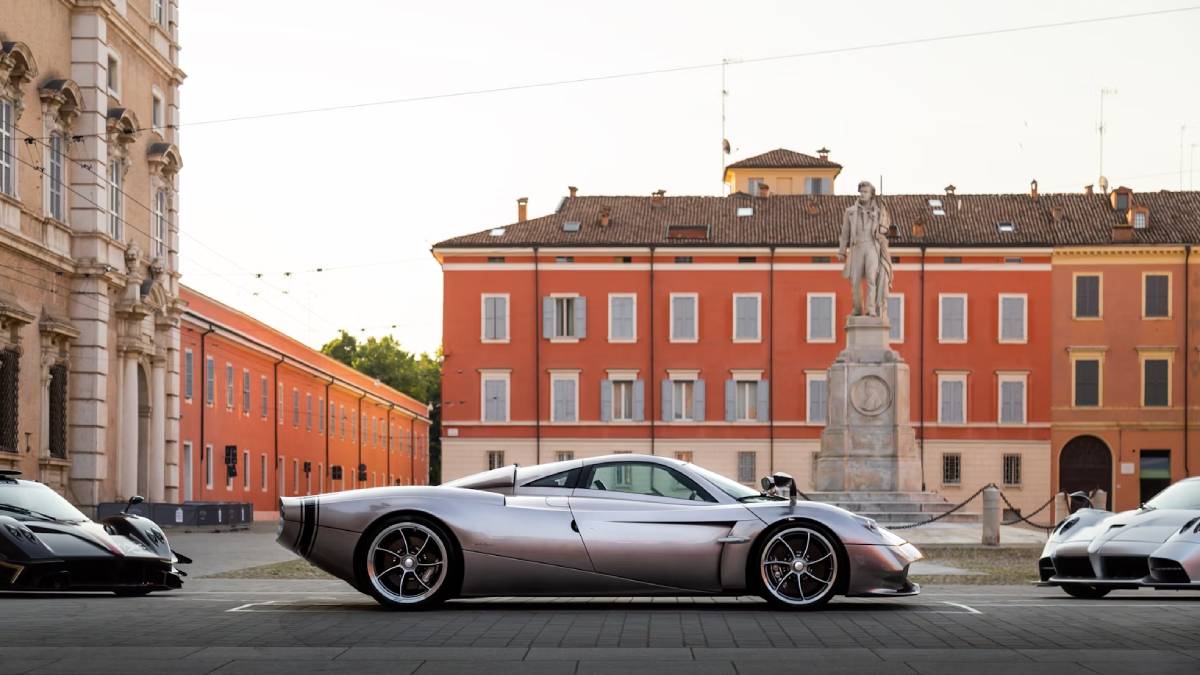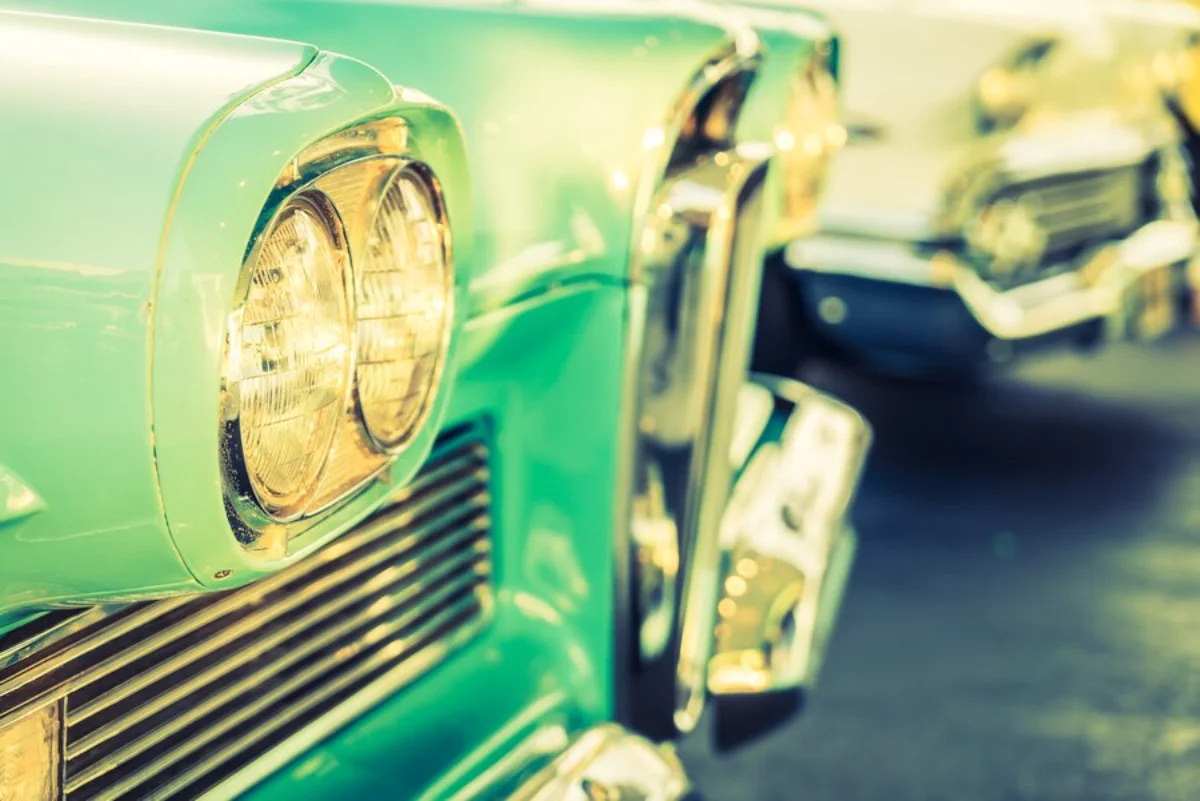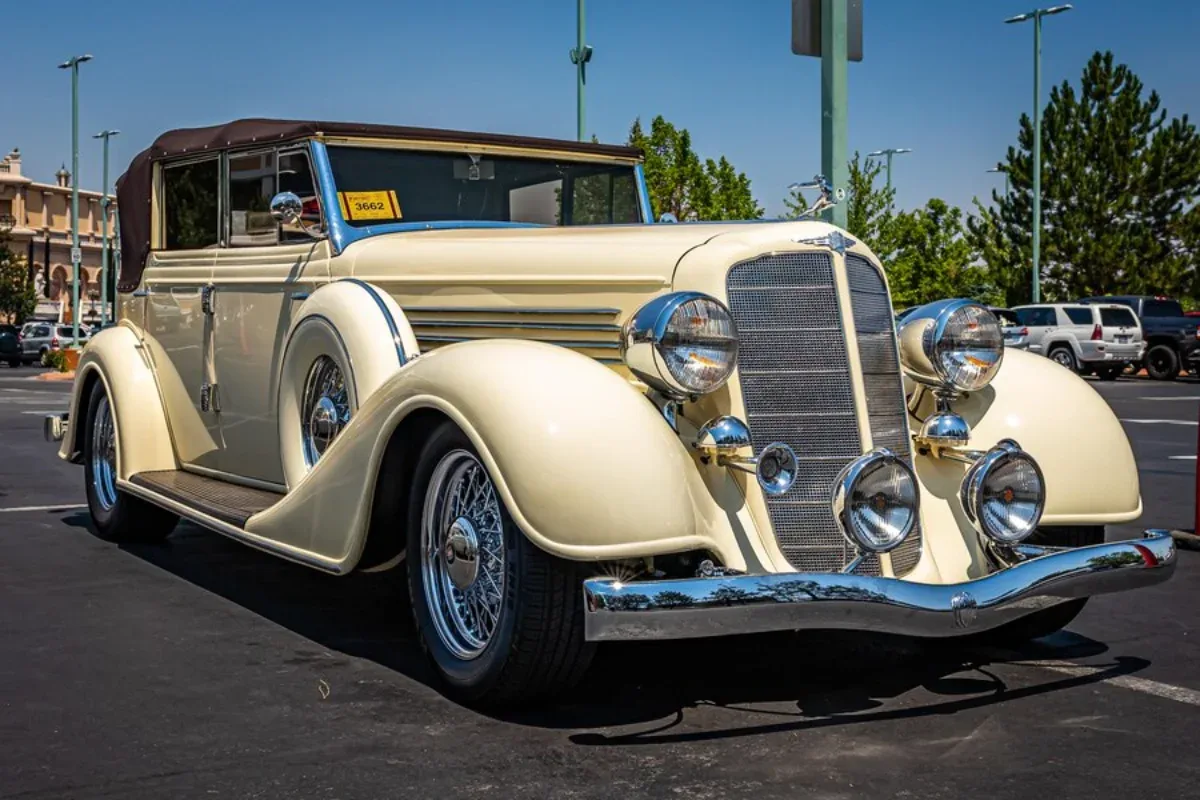
The Design Evolution of Italian Luxury Classics
Italian classic cars are more than just vehicles—they’re timeless works of art. Renowned for their bold silhouettes and graceful lines, these cars redefine automotive artistry. Their performance isn’t just impressive; it’s a thrilling symphony on wheels. In this post, we’ll explore how Italy became a leader in luxury automotive design. Prepare for a look into Ferrari’s history and the styles that have shaped the industry for years.
Origins: The Birth of Italian Automotive Art
Early Coachbuilding (1900s–1930s)
- Italian cars started as collaborations between engineers and design houses, known as carrozzerie.
- Key design houses: Pininfarina, Zagato, and Touring Superleggera.
- Each car was hand-built, often tailored to the buyer’s wishes.
- Example: Alfa Romeo 8C 2900B (1936) – long curves, open wheels, and polished elegance.
Post-WWII Revival (1940s–1950s)
- Italy’s car industry restarted with fresh energy and ideas after the war.
- Designs became more aerodynamic and sleek, reflecting a desire for speed and beauty.
- The use of aluminium and lightweight structures became common.
Ferrari History: Power Meets Elegance
The Birth of Ferrari (1947 Onwards)
- Enzo Ferrari founded the company to create fast, luxurious, and stylish cars.
- Ferrari models were created in limited numbers, enhancing their exclusivity.
Iconic Ferrari Models
- Ferrari 250 GT Lusso: Stylish curves by Pininfarina, smooth performance, and timeless appeal.
- Ferrari 250 GTO (1962): Lightweight, aerodynamic, and powerful—a racing legend and design icon.
Ferrari models mix style with function. Each design has a purpose: cooling, speed, and aerodynamics.
The Signature Italian Design Language
Flowing Lines & Organic Shapes
- Italian classic cars are famous for their fluid lines and graceful curves.
- Unlike boxy cars from other regions, Italian designs suggest movement even when parked.
- Example: The Lamborghini Miura – designed by Bertone, looked like modern art.
Use of Colour
- Rosso Corsa (Ferrari red): Iconic, but Italy embraced bold colours across brands.
- Maserati: Known for deep blues and silver tones.
- Lamborghini: Often used yellow and bright orange to stand out.
Design Partnerships That Made History
Ferrari + Pininfarina
- One of the most successful collaborations in car design history.
- Cars like the Ferrari F355 and 365 GTB/4 Daytona were co-created with unmatched elegance.
- This partnership shaped Ferrari’s identity for over six decades.
Bertone, Zagato & Touring
- Bertone: Pushed futuristic, angular designs (e.g. Lamborghini Countach).
- Zagato: Compact, sporty, and minimalistic design approach.
- Touring Superleggera: Famous for “super-light” design using tubular frames and alloy panels.

Classic Style in Modern Times
Retro-Inspired Models
- Modern brands still borrow design cues from Italian classics.
- Examples:
- Ferrari Monza SP1/SP2 – nods to 1950s racing barchettas.
- Alfa Romeo 8C Competizione – echoes of the 1960s with modern engineering.
Staying True While Moving Forward
- Even as Ferrari and Lamborghini embrace hybrid and electric technology, they retain the Italian look and feel.
- Curves, low profiles, and distinctive front grilles remain design staples.

Global Impact of Italian Classic Design
Influence Beyond Italy
- Italian design has inspired carmakers globally:
- Jaguar E-Type took cues from Ferrari styling.
- Japanese sports cars mimic Italian proportions and curves.
- Pininfarina has worked with brands like Cadillac and Rolls-Royce, spreading Italian aesthetics worldwide.
Collector Appeal & Cultural Value
- Italian classic cars often fetch millions at auctions.
- The Ferrari 250 GTO holds the record as the most expensive car ever sold (over $70 million).
- These vehicles are not just cars—they are collector items, museum pieces, and cultural icons.
Legendary Collaborations That Shaped the Classics
Italy’s car culture thrived on partnerships. Designers and engineers worked side by side to create cars that were not only fast but beautifully composed.
Ferrari and Pininfarina
For decades, Ferrari and Pininfarina worked together to produce some of the world’s most admired sports cars. This relationship led to the creation of models that are still revered today, including:
- Ferrari 365 GTB/4 Daytona
- Ferrari F355
Pininfarina focused on balance, proportion, and elegance. This gave Ferrari a unique look that lasted for generations.
Other Influential Studios
While Ferrari and Pininfarina often took the spotlight, other partnerships also made their mark:
- Bertone introduced more angular, futuristic styles—most notably with the Lamborghini Countach.
- Zagato offered lightweight, compact designs for brands like Alfa Romeo.
- Touring Superleggera was famous for its “Superleggera” (super-light) design. It used tubular frames and thin alumni panels to boost performance and style.
A Legacy That Lives On in Modern Design
Today, Italian luxury car brands continue to honour their design heritage, even as they adopt new technologies and trends.
Homage in Modern Models
Many recent vehicles pay tribute to the golden age of Italian design:
- Ferrari Monza SP1 and SP2: Inspired by 1950s barchettas with open-top styling and flowing silhouettes.
- Alfa Romeo 8C Competizione: Combines modern engineering with classic proportions and detailing.
These designs blend nostalgia with innovation—proving that great style never goes out of fashion.
Adapting Without Compromising Identity
While electric and hybrid powertrains dominate today’s headlines, Italian design stays true to its roots. Cars such as the Ferrari SF90 Stradale and Lamborghini Revuelto break new ground. They also keep the bold curves and shapes that make Italian classics so special.
Worldwide Influence and Enduring Appeal
The impact of Italian car design reaches far beyond its borders. Global manufacturers have taken inspiration from Italy’s dedication to beauty and performance.
- Jaguar’s E-Type, often called the most beautiful car ever made, borrowed heavily from Ferrari aesthetics.
- Japanese and American carmakers have adopted Italian designs in many high-performance cars.
- Italian design houses, such as Pininfarina, have designed cars for Rolls-Royce and Cadillac. They also work with electric vehicle startups.
The Collector’s Dream
Italian classic cars are among the most sought-after in the world. Beyond performance, they represent craftsmanship, culture, and heritage.
- The Ferrari 250 GTO remains the most expensive car ever sold at auction—fetching over $70 million.
- Rarity, condition, and historical importance all play into their incredible value.
To own one is to own a piece of design history.
Conclusion: The Art of Motion
The evolution of Italian classic cars is a story of imagination, bold choices, and pure elegance. Italian cars have come a long way. They started as coach-built models and now feature limited-edition supercars. Throughout this journey, they have always set new standards in luxury automotive design.
With brands like Ferrari leading the way, these cars continue to shape global trends and stir hearts with every rev of the engine. Their beauty, like all great art, is timeless.


